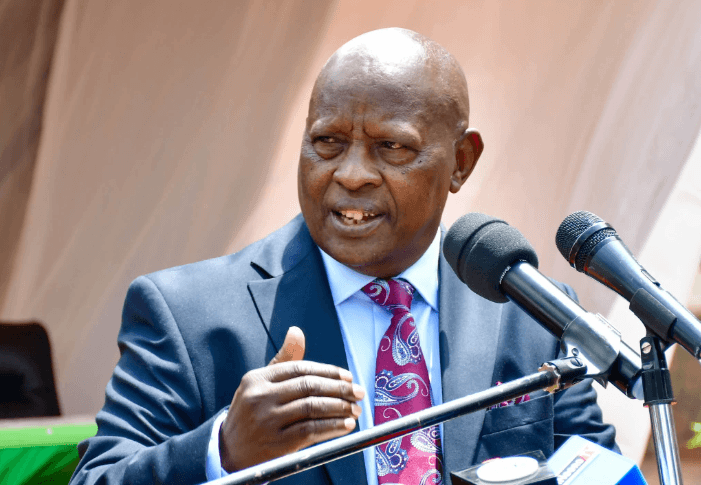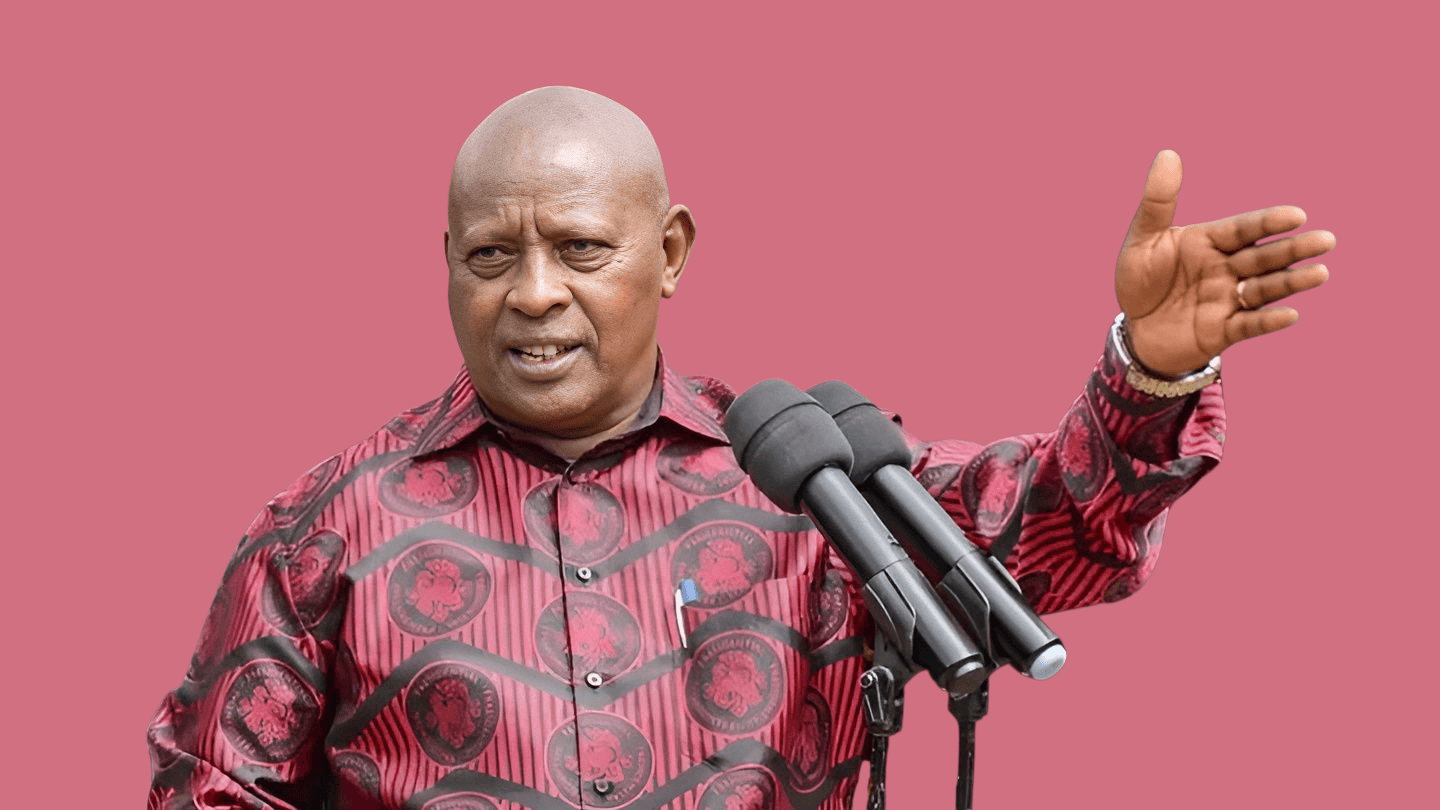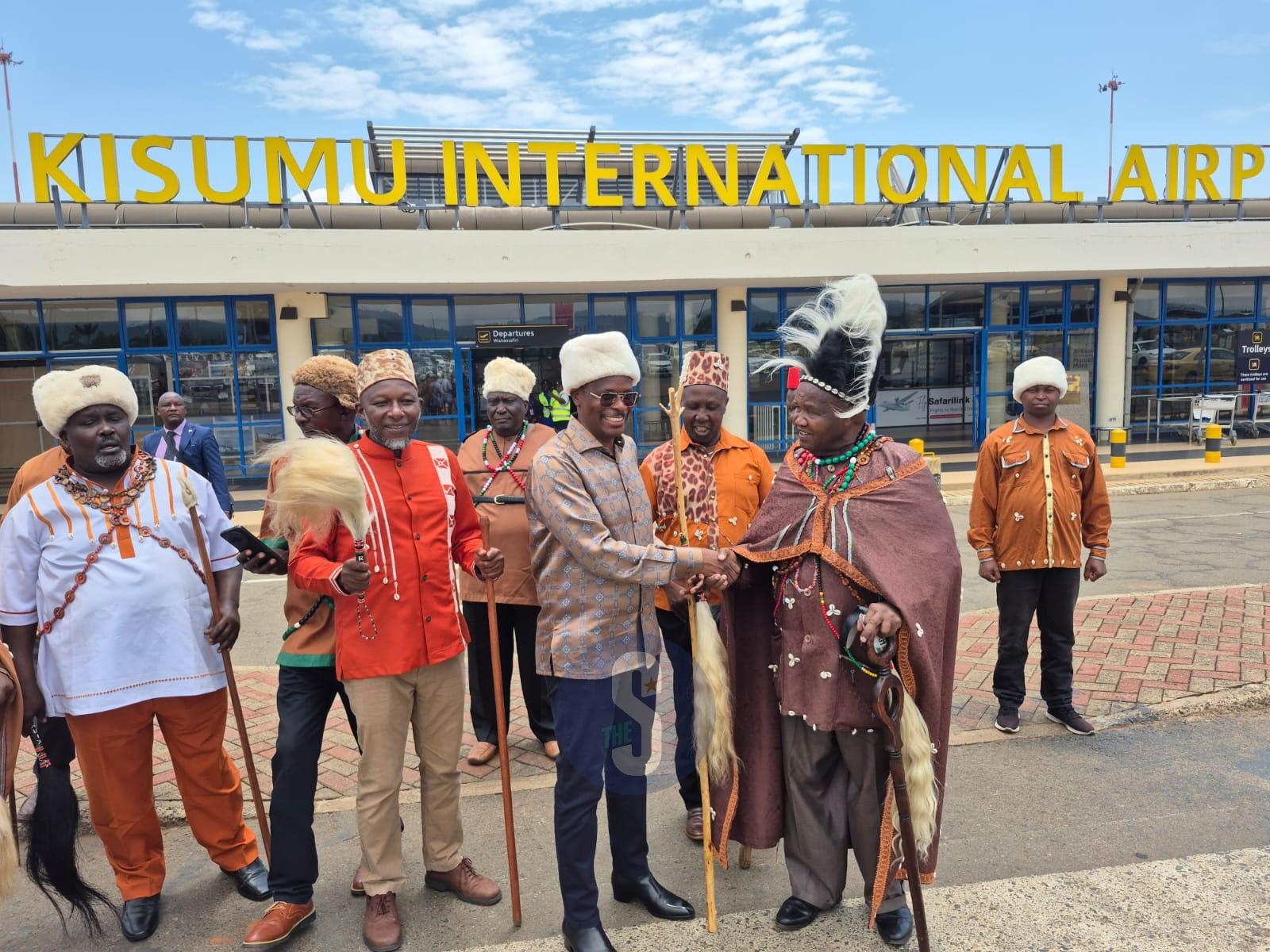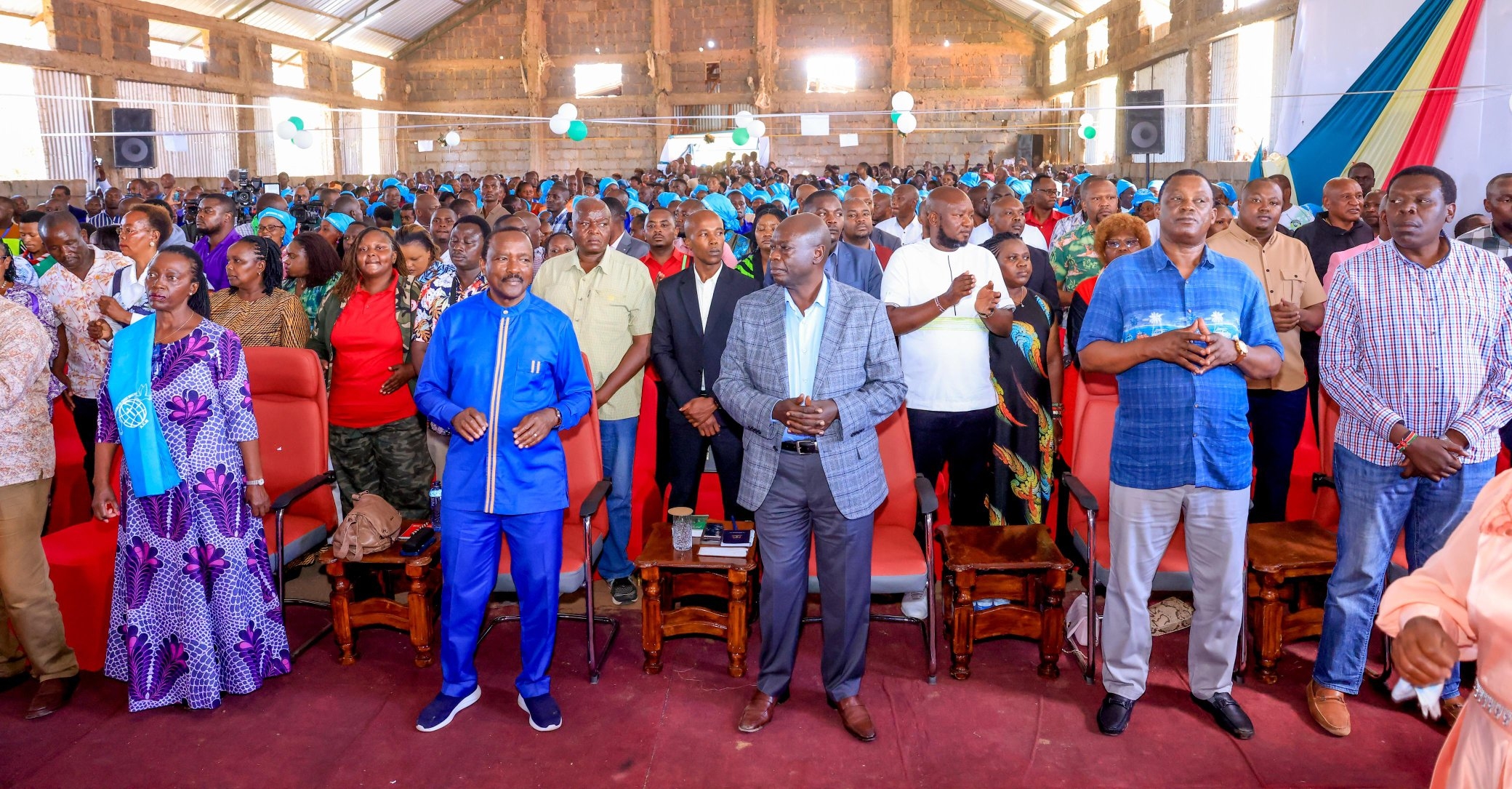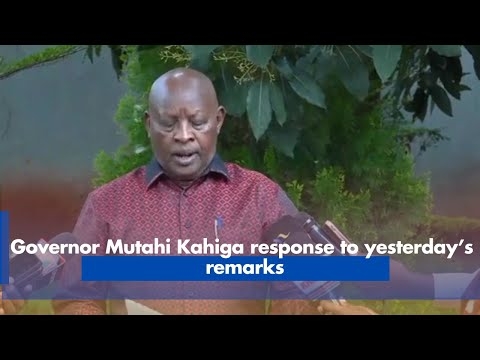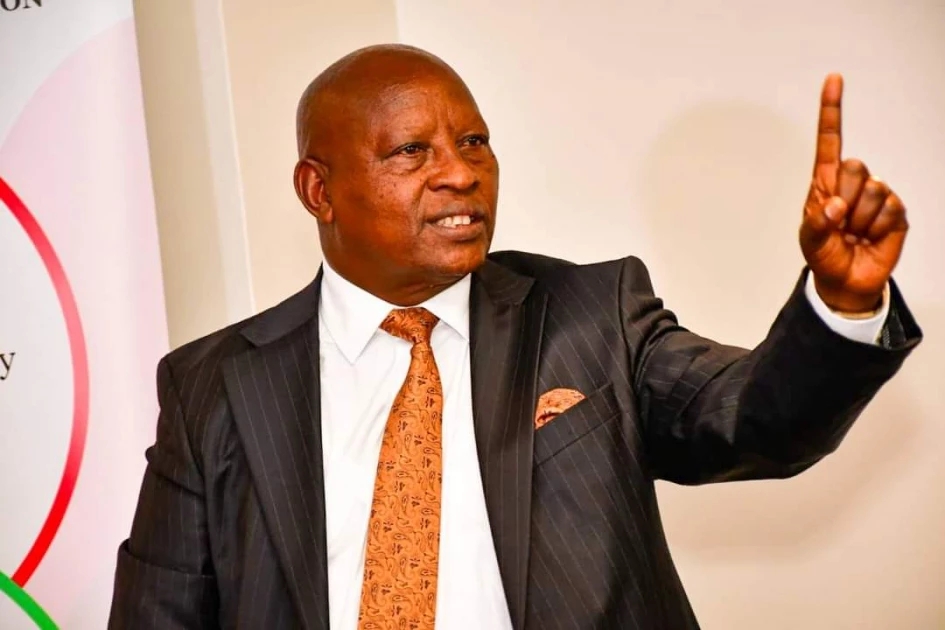Veteran rally navigator Abdul Sidi has said succeeding in any race calls for close working partnership and commitment between the driver and the navigator.
Abdul has navigated some of Kenya’s legendary drivers including Patrick Njiru, and has navigated in 18 Safari Rallies, finishing 15 of them.
He says a navigator can make a driver either win or lose a rally. He quips that navigators can make you a hero or a zero.
“In a very short stage when a navigator misses a note or makes a wrong slot, it may be game over,” he went on.
“For your pace-notes to work, the driver needs to have faith in his passenger on the adjacent bucket seat,” Abdul, who once called the pace-notes for the legendary Patrick Njiru, quips.
“Safari that time was a mammoth 5800kms drive. It left competitors bruised and battered. There were 98-time controls back in the day. This time, the FIA (World Governing Body) has made it simpler.
“Nowadays, the stages are shorter. The longest stage at that time was 220kms.Now the longest stage is 34kms,” the pace note guru told Capital Sport.
Abdul added, “But for a navigator whether the stages are long or short, it’s just the same dedication. It calls for the same weightiness. You need to be committed. As a navigator you are the boss in the car. You are the singer in the cockpit. You are singing and the driver is dancing to your music.”
“Imagine where instructions are coming after every 30-40 metres and the car is cruising at 200kph. It’s not a joke.”
Abdul is also excited by the fact that the WRC Safari Rally Kenya will be a navigator’s affair rally due to its technical nature of the terrain.
“The stages are too tight as there are a lot of junctions. You can imagine the speeds these cars do at 200KPH. The WRC car is very powerful, so the navigator has to be keen, very tight, fit and ready call instructions under pressure.”
“Before every event, a navigator and the driver must go out to the route a day prior for reconnaissance to familiarise with the route. That’s where the navigators make the pace-notes."
"In the car, the driver doesn’t have time to ask you what you said. That is time wasted. If you miss a note, quickly say what he has missed. So that you are not hitting the next instruction unawares; which might be a triple caution. You must also manage time so that you don’t attract penalties by checking into controls early or late.”
Abdul says it's certainly not true that the co-driver plays second fiddle.
“As a navigator, you’re the driver’s second pair of eyes. The driver has to drive exactly as I tell him. And the co-driver can always tell if the driver is really driving according to the script. When it works, it’s a great feeling of teamwork, and that’s what I savoured the most in the cockpit.”
The most important information for the driver is the sharpness of each turn, and whether the turn becomes more acute or gentler in motion.


